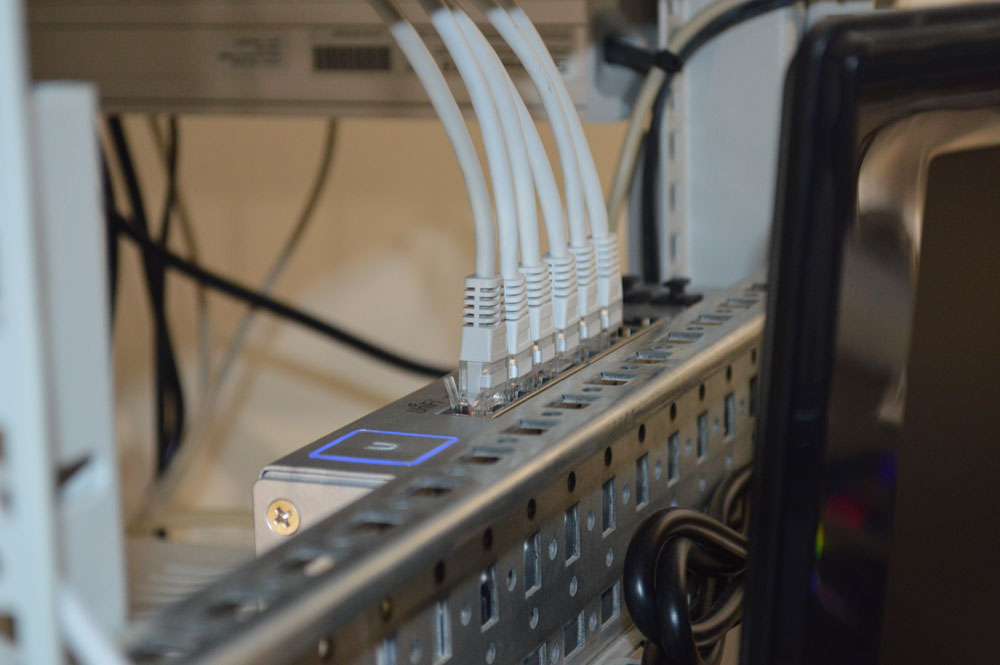In the last 50 years, technology has connected the world and changed it in ways we could never have imagined. “With technology continuously evolving, and the recent move to cloud-based applications, there is an ever-increasing demand for bigger, more reliable connectivity.” – Digital Pigeon
It is important to keep up with new innovations, and this blog hopes to outline the newest innovations in connectivity.
Mobile
Mobile connectivity can now handle 19.01 exabytes every month. That is 1 quintillion bytes (and yes, that is a real number!) 4G LTE-Advanced can now, in theory, reach 300Mbps download and 150Mbps upload speeds. In practice, these speeds reach highs of 42Mbps download and 25Mbps upload. To put mobile speeds into perspective, 3G could theoretically reach speeds of 7.2Mbps download and 2MBps upload. However, in practice, this is more like 3Mbps and 0.4Mbps.
“5G is only going to improve mobile capability. In theory, 5G should allow users to download an HD movie in about 10 seconds. The end goal is to have 5G reaching speeds of 100 Gbps. Currently, 5G is not widely available, but this is certainly the next step in the future of connectivity.” – Alpine Security
Additionally, it is now possible to run sim-enabled devices using fixed IPs. This allows mobile devices to have a similar connection and performance to hardwired devices. This removes such devices’ reliance on mobile coverage. Additionally, connecting to a fixed IP reduces the chance of disruption as connecting to the same IP is easier than connecting to a new one.
Fiber
Fiber infrastructure is now becoming commonplace as copper lines are upgraded. Fiber internet connections are now being installed throughout the network to the buildings themselves. Having your fiber connection come right into your premises makes a great difference. The first fiber services advertised only featured FTTC (fiber to the cabinet) and used copper connections to do the last mile. Copper is not as efficient at carrying data as fiber, and therefore FTTP (fiber to the premises) allows for much faster internet speeds.
FTTP carries data all the way to your premises using fiber lines. This makes it around 10 times faster than FTTC, with speeds of up to 1Gbps.
T1 is still one of the most common last-mile connection types. This is why we offer a number of T1 options to suit your business needs. However, with Ethernet now dropping in price, we see businesses regularly replacing T1 Circuits and upgrading.
Software-Defined Networks
A superb innovation in connection technology is the move to software-defined networks (SDN). This allows for more flexibility than ever before. By moving the intelligence to the software layer, changing and altering networks has become easier and more efficient.
SD-WAN or software-defined wide area networks allow for entire networks to be controlled remotely simply using the software. This means that there is no need for specialists to manually alter the hardware.
What does this mean for connectivity? Well, as more businesses are moving to a cloud-based model, essential, software-defined networks allow this infrastructure to be controlled centrally, meaning bandwidth can be better utilized, made more secure and this means the potential for large savings. With that in mind, it’s no surprise that reviewing SD-WAN is on every CTO and IT Director’s hit list for 2019.

